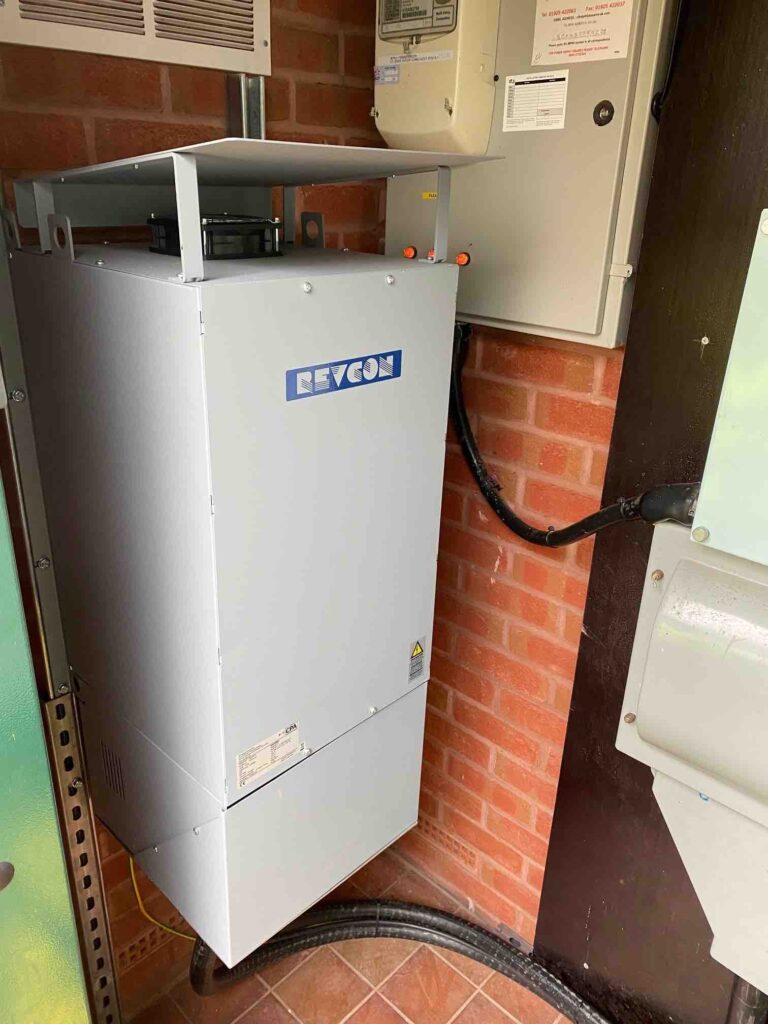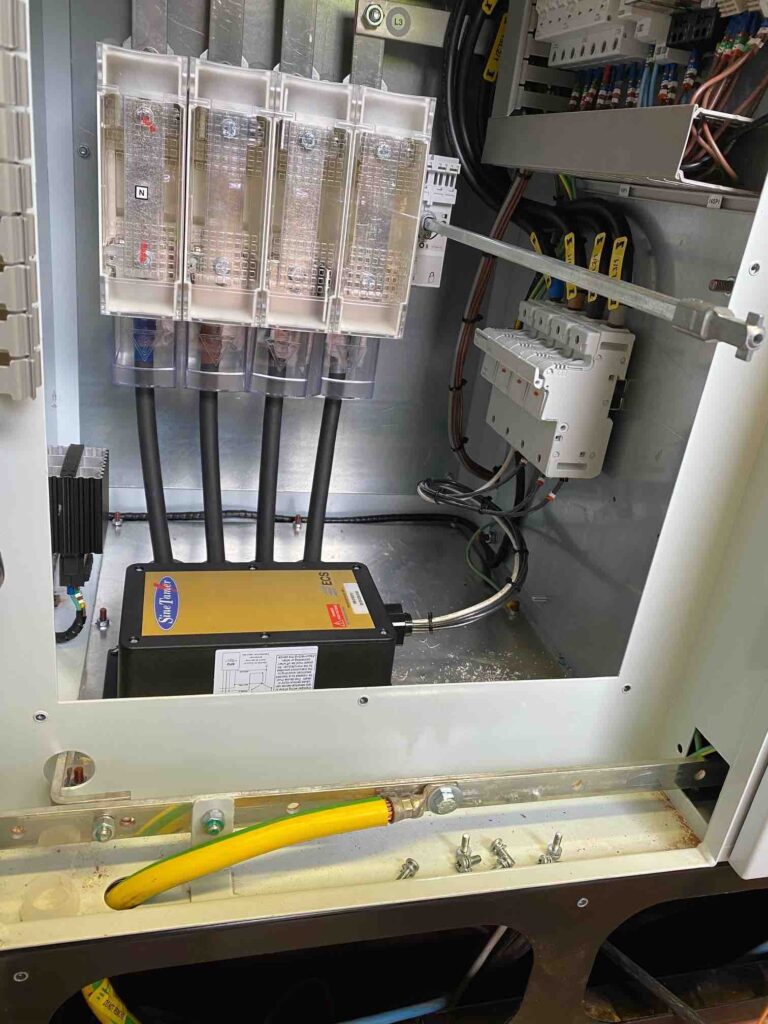When they are based in remote locations, transformers and other power equipment are vulnerable to harmonics and noise caused by insufficient dampening and exposure to surrounding electrical currents. If these issues are not addressed, they can cause component failure and severe damage to the local power supply
Fairfields Control Systems provides turnkey mechanical, electrical, instrumentation, control and automation (MEICA) solutions for a range of industries including flood defence and factory automation.
As a contractor for the Environment Agency (EA), Fairfields had recently upgraded the borehole pumps on seven of its groundwater sites in the UK with variable speed drives that were fed from transformers. Each transformer helped to power a pumping station, that are used to alleviate low river flows.
Transformers and harmonics
Transformers are common in many industrial settings, reducing the voltage of conventional power circuits to operate low-voltage devices. They can also be used in remote locations to transmit power to more isolated sites. When situated in more remote outdoor locations, transformers are generally smaller and installed high-up on concrete or wooden poles or platforms.
Fairfields had recently upgraded the borehole pumps at seven of the EA’s sites. But, soon after the upgrade, the surge protection devices (SPD) that limit transient voltages by diverting or limiting surge current began to fail on two of them. It was clear that abnormal supply characteristics were present, and that harmonic distortion levels were too high.
Voltage distortion is any deviation from the nominal sine waveform of the AC line voltage. It is caused when current harmonics increase the voltage and electric currents in a circuit and can overheat the power system, destabilise the voltage and damage equipment. It was also important that Fairfields resolve the issue to stay compliant with the Engineering Recommendation G5/4, which specify the planning levels for harmonic voltage distortion.
Turning a corner
Fairfields already had a relationship with CP Automation, as the company had carried out various surveys and consulted on different projects in the past.
“CP Automation’s power quality expertise has been crucial for protecting our systems,” explained Peter McMorrow, engineering director at Fairfields Control Systems. “The groundwater project was different. While we can often foresee issues with noise and power quality, in this case, we were already experiencing issues. Once they were identified, our priorities were to determine the source of the abnormal supply and its characteristics. Our plan was to retrofit equipment to mitigate the effects.
“The total harmonic distortion (THDi) was falling outside its normal rage and the voltage was becoming unstable, so long-term damage to the transformer and its components was a real risk,” explained John Mitchell, global business development manager at CP Automation. “After surveying the situation, we suggested replacing the failed SPDs with two SineTamer transient voltage surge suppression (TVSS) devices, which protect from surges and transient spikes.”
After proving that the SineTamer could function effectively in the high harmonic environments where the original SPDs failed, CP Automation agreed to fit the new devices across all the EA sites. Meanwhile, it supplied two REVCON Harmonic Filters (RHF) for the high-harmonic sites to help protect the transformer and other nearby equipment. The RHFs prevent the harmonic distortion of nonlinear loads and sources, reducing the THDi to below 5%, which is essential for staying within G5/4 levels.
A stable power supply
Fairfields purchased two RHF-5P double-stage passive filters. As well as reducing the THDi of variable frequency drives (VFD) and other non-linear loads, the filters can reach an efficiency of up to 99.5%. As a result, power losses are up to 75% less than those produced by alternative devices.
Ever since Fairfields installed SineTamer and the RHFs, the transformers have been running as normal across the EA’s groundwater sites. By minimising voltage distortions, the technologies supplied by CP Automation have prevented issues like voltage notching, motor vibration, nuisance tripping, electromagnetic interference (EMI) and overheating. Furthermore, the sites are now compliant with G5/4 standards, because the RHFs limit frequency voltage harmonics.
Find out more about how to mitigate harmonics.
 Engineer News Network The ultimate online news and information resource for today’s engineer
Engineer News Network The ultimate online news and information resource for today’s engineer





